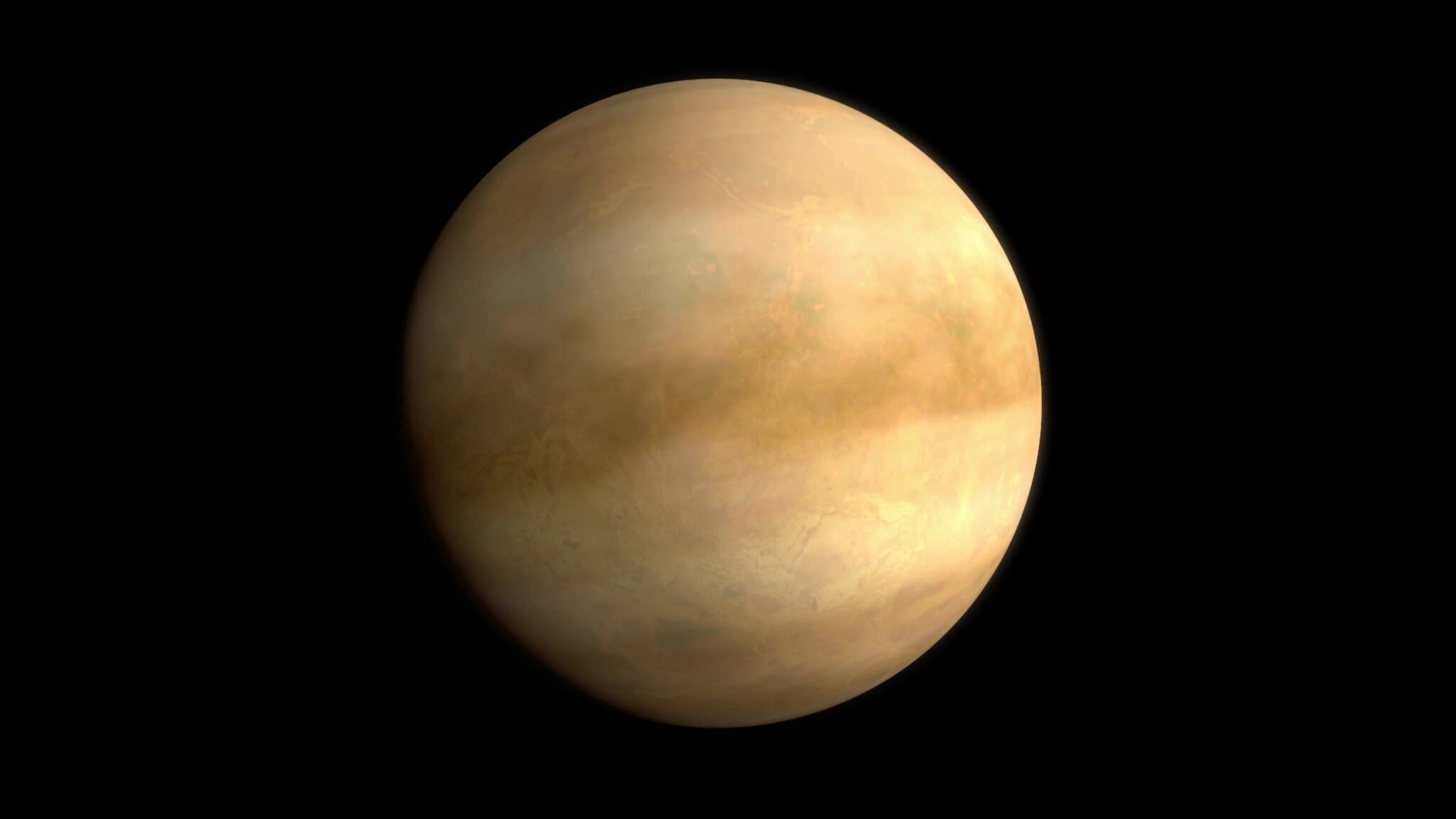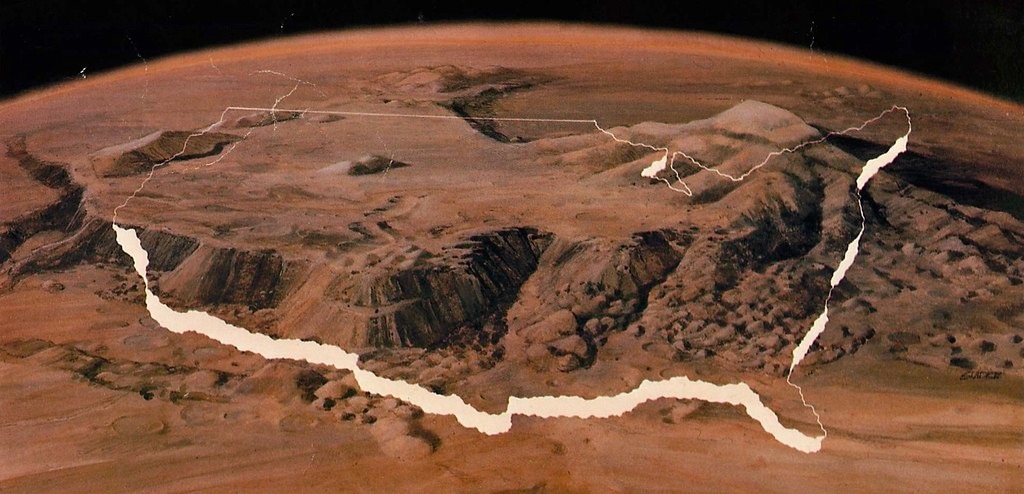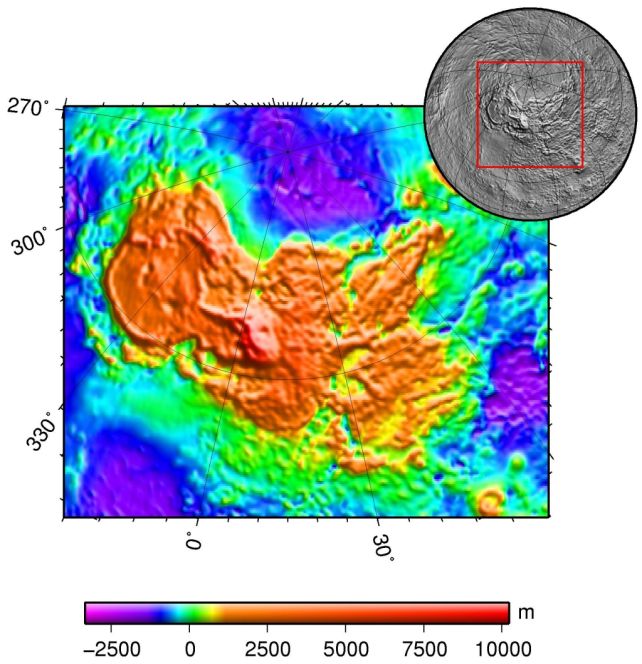A new study conducted by Monash University in collaboration with NASA offers a new vision of planetary evolution. Scientists suggest that Venus, often called “Earth’s twin sister,” may have a geologic history more similar to Earth’s than previously thought.

Venus is known for its extreme conditions with sulfuric acid clouds and a surface temperature of 460°C due to the powerful greenhouse effect. But the planet’s plate tectonics, unlike Earth, is absent. This discovery made scientists assume that the geologic features of Venus are not complex. However, the new study has revealed a very different geologic picture.

Using computer simulations and data from the Magellan spacecraft, scientists modeled the formation of Ishtar Terra, an elevation on Venus. Ishtar Terra consists of Lakshmi Planum, a crustal plateau the size of Australia, with an average elevation of 4 km, comparable to that of the Tibetan Plateau. It is surrounded by mountain belts with altitudes of about 10 km higher than even the Himalayas. The results of the study suggest that Ishtar Terra and other tesserae on Venus may have formed from the planet’s hot interior, similar to how ancient cratons formed on Earth.
Associate Professor Fabio Capitanio of Monash University notes: “This finding provides a fascinating new perspective on Venus and its potential links to early Earth. The features we found on Venus are strikingly similar to Earth’s early continents, suggesting that the dynamics of Venus’ past may have been more similar to Earth’s than previously thought.”
Studying the “continents” of Venus could help understand the evolution of rocky planets, including Earth. Earth’s cratons provide key insights into how the first landscapes, atmospheres, and even life emerged.

Associate Professor Capitanio adds: “By studying similar features on Venus, we hope to unlock the secrets of Earth’s early history. Our research has paved the way for future missions to Venus, such as DAVINCI, VERITAS, and EnVision. These missions will provide further insights into Venus’ geological history and its connection to Earth.”
We previously reported on how Venus’ volcanic activity appeared to be similar to Earth’s.
According to sciencealert.com


